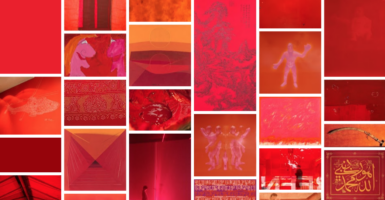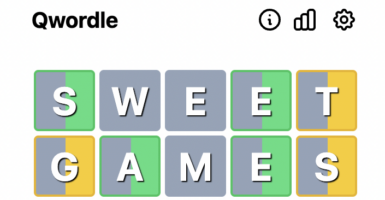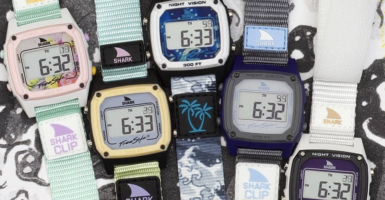Only ’80s Kids Will Recognize These Vintage Items
People who came of age during the ’80s tend to look back fondly on this decade. While many ’80s trends seem hopelessly quaint and antiquated today, the ’80s was an optimistic period of technological innovation.
Some of these ’80s staples are completely obsolete in the modern age, while others are still around but will never regain their ’80s popularity. Let’s take a nostalgic look back at some of the cultural touchstones of ’80s culture.
Swatch Watches
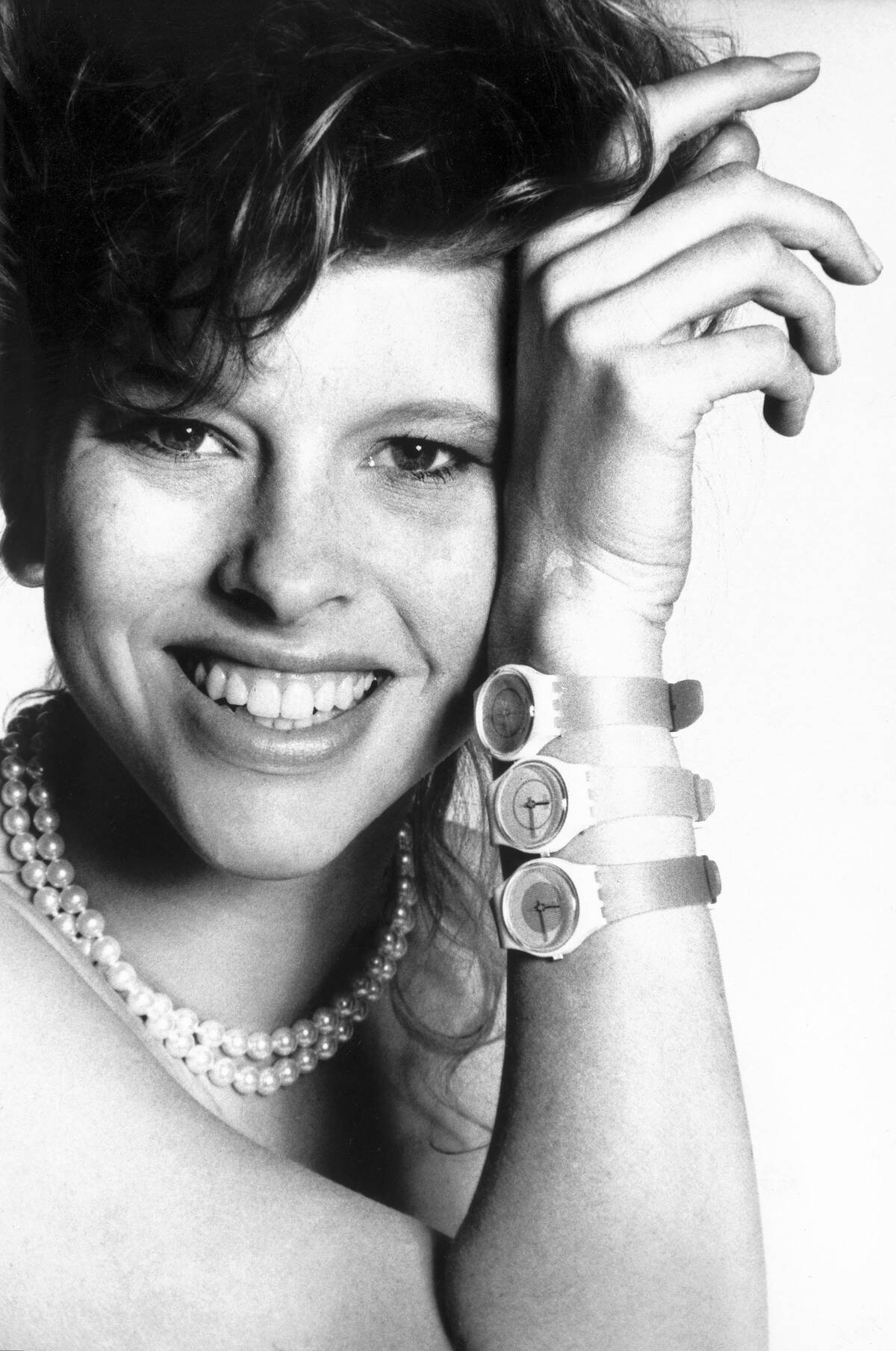
After inexpensive quartz watches flooded the marketplace and threatened the longstanding Swiss timepiece industry, various Swiss watchmakers came together to create a stylish lineup of affordable quartz watches in order to keep up.
The result was Swatch watches, which came in endless colors and styles. These watches resonated with the youth culture of the ’80s and became more of a fashion statement than a simple timekeeping device.
Ben Cooper Halloween Costumes
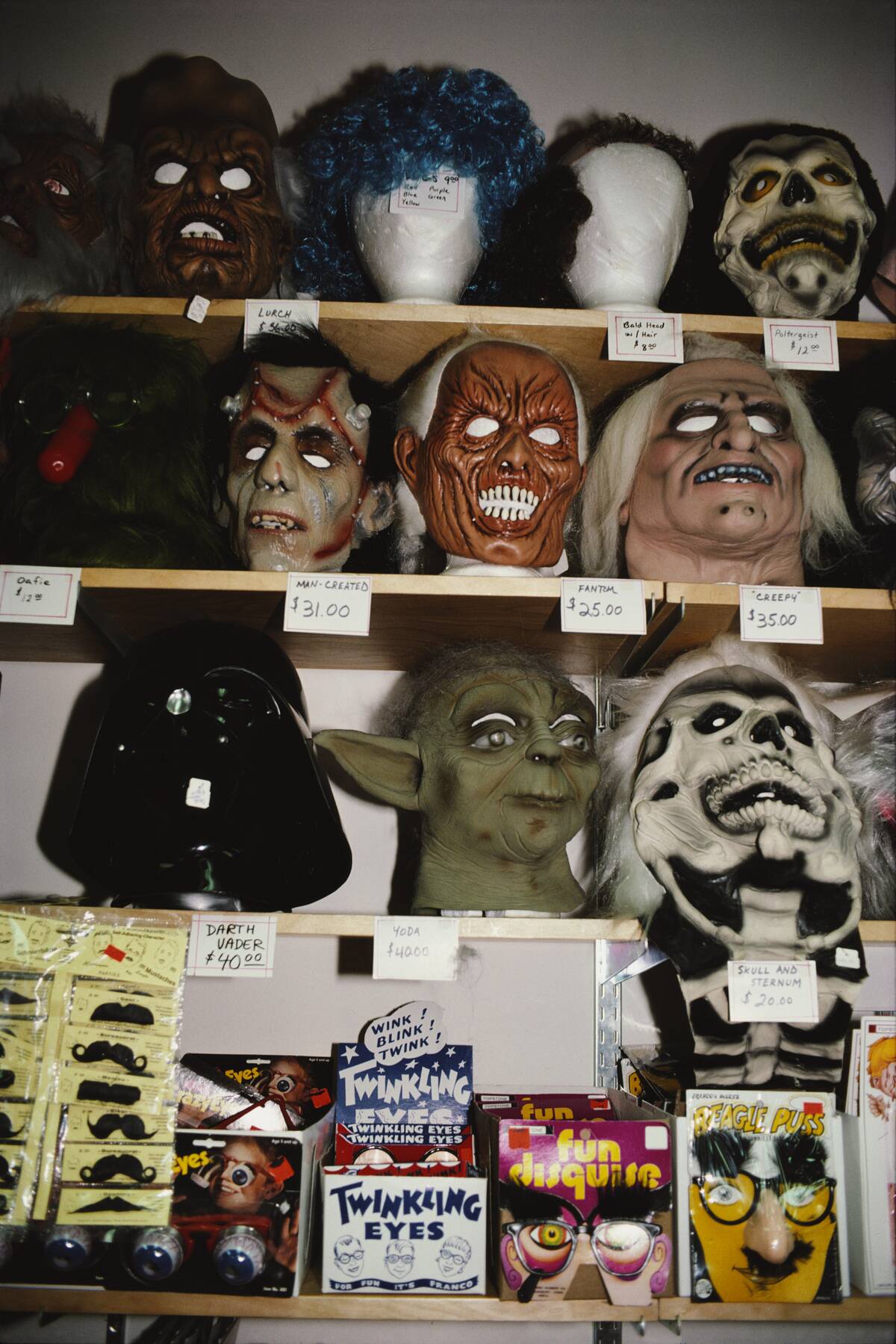
Modern Halloween costumes are often intricate, but in the ’80s, most kids had to make do with a simple mask and a smock bearing a character’s likeness — and Ben Cooper was the biggest name in Halloween costumes during the decade.
The brand made a point of buying the rights to popular intellectual properties like Star Wars, He-Man, Garfield, and the Smurfs. For a time, these flimsy costumes were the first and last name in Halloween style.
Ruffled Socks
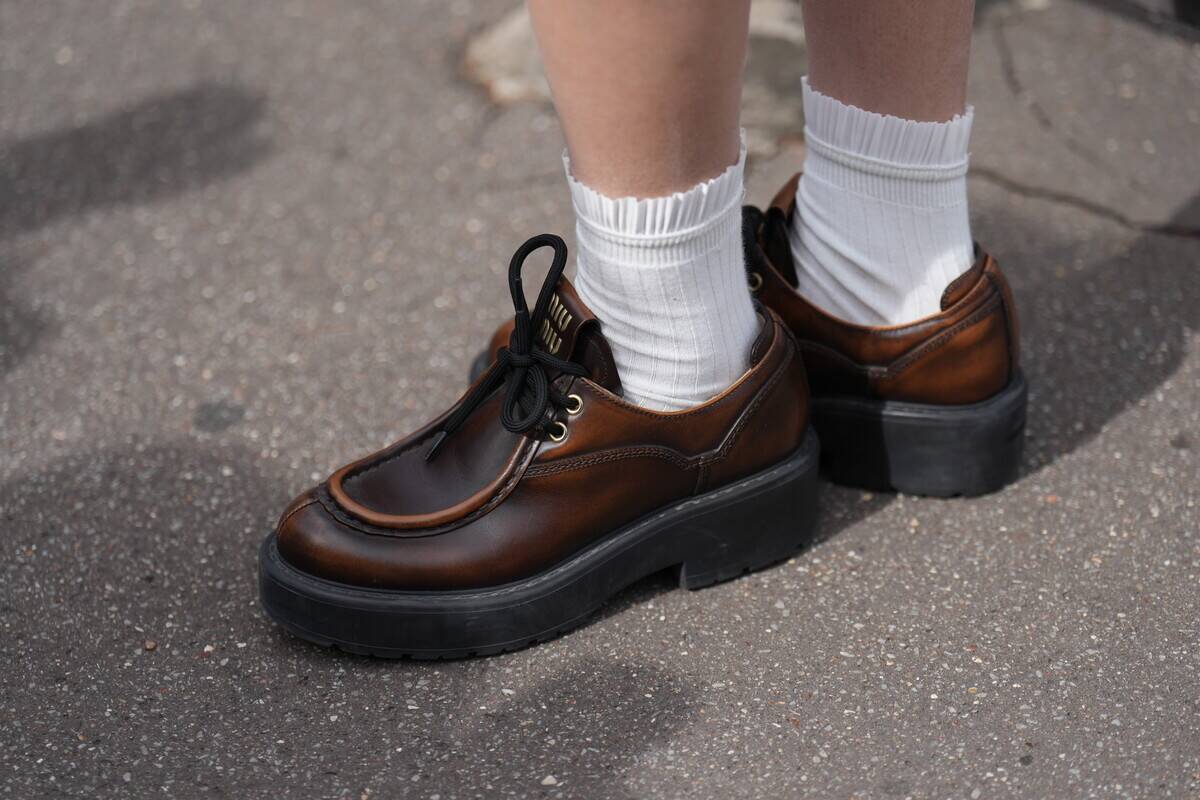
Ruffled socks were a popular style in the ’80s, but it wasn’t a look that was born during the decade and were more of a vintage throwback. Regardless, these socks — usually featuring frilly lace or fabric ruffles around the ankle — had a moment in the ’80s.
The socks could be dressed up or down, paired with anything from the wearer’s Sunday best to everyday schoolwear. They’re still seen today, but only occasionally.
Paper Dolls
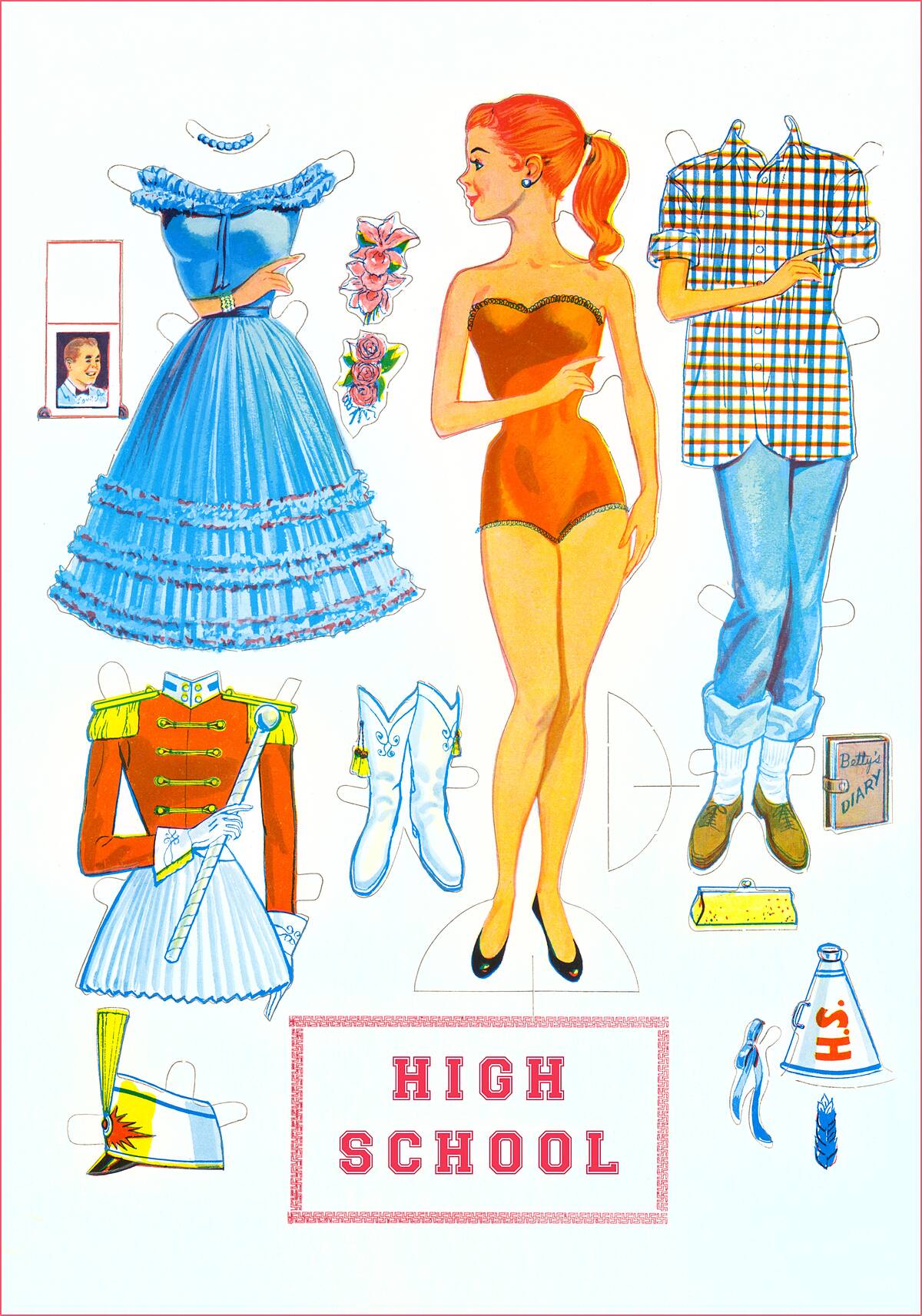
The ’80s weren’t exactly a low-tech era in general, but for kids, most toys and games trended towards analog simplicity. Paper dolls are one such example.
These cardboard, cut-out dolls generally came in a book and came with a wide array of wardrobe cut-outs that could be “worn” by the doll. These dolls were inexpensive and filled the void for those who didn’t have a Barbie doll.
Roller Skates
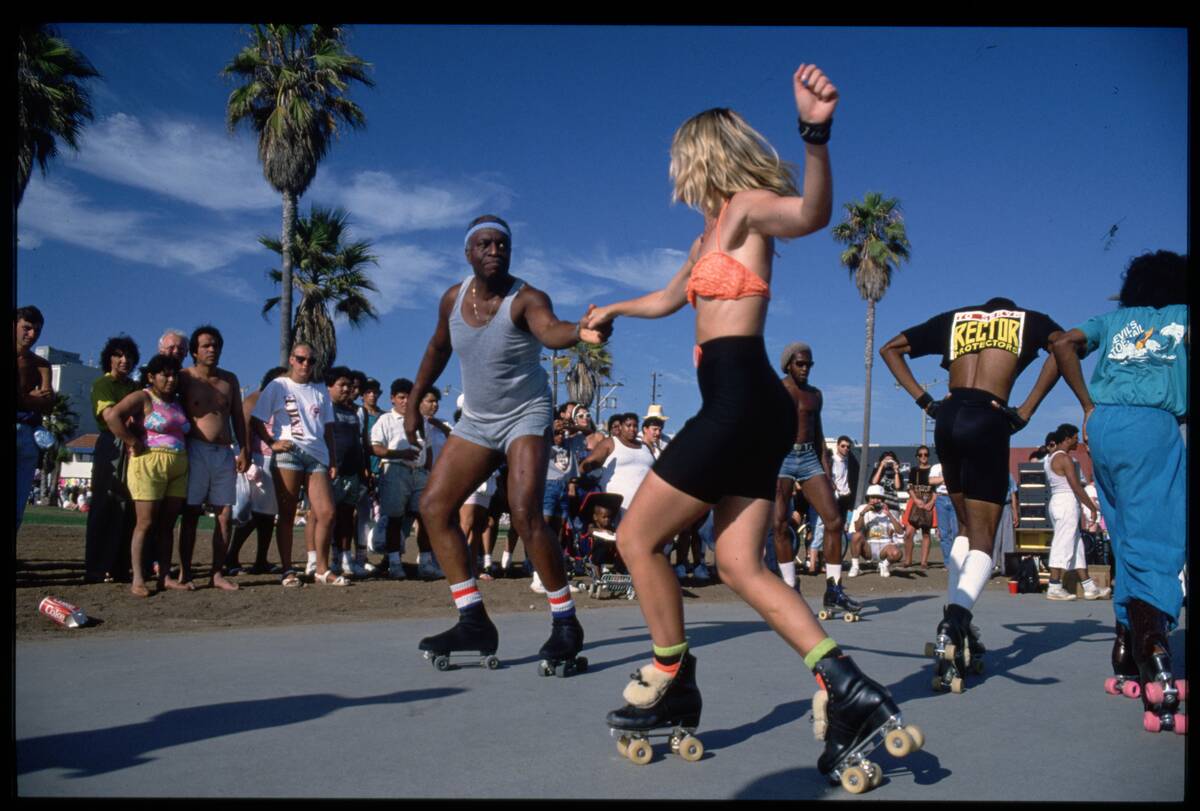
The classic, four-wheeled quad-style roller skate is hardly seen anymore, as this style has been almost entirely supplanted by modern inline skates, which feature all wheels in a single row.
In the ’80s and earlier, though, roller skates were a major part of recreation culture. An entire infrastructure of roller rinks sprang up to support the pastime, which was popular with virtually everyone — male and female, young and old.
Masters of the Universe Toys
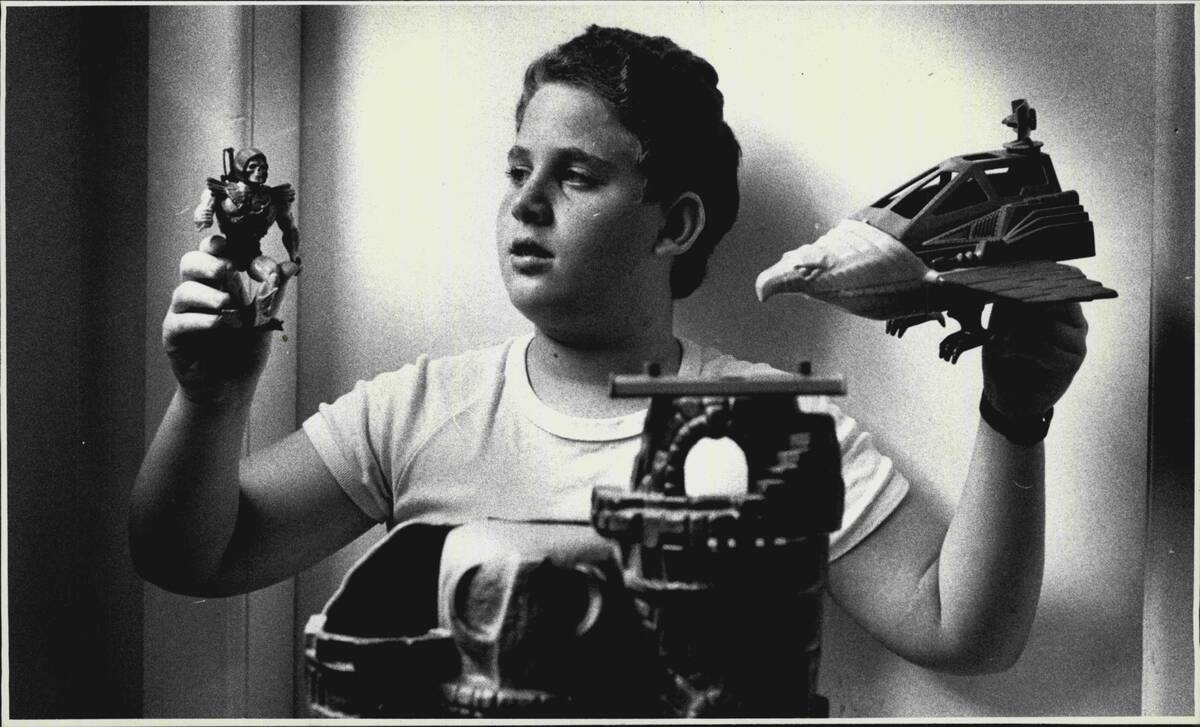
The iconic He-Man was the centerpiece of the Masters of the Universe…universe, but there were more than enough toys in this classic Mattel lineup to satisfy any ’80s kid.
These toys were paired with the successful animated series of the same name, and for much of the earlier part of the decade, Masters of the Universe had an absolute stranglehold on kids’ entertainment.
PVC Smurfs Figurines
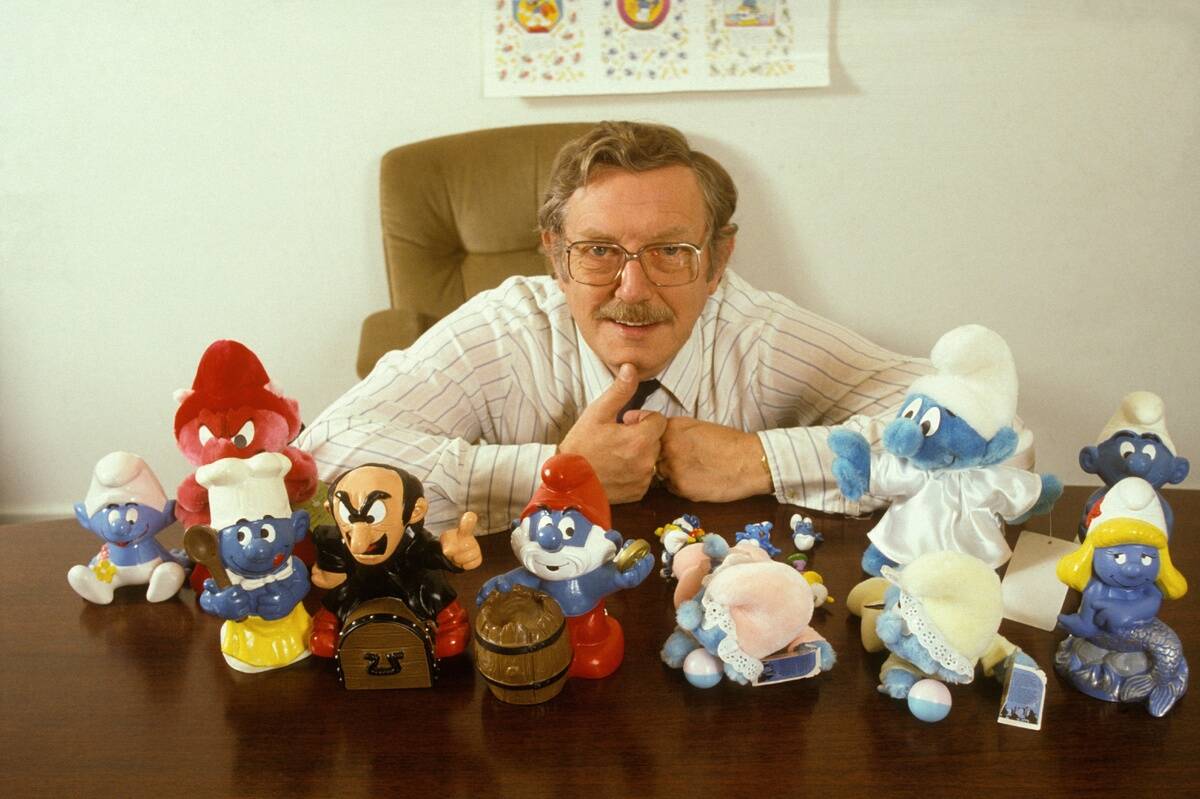
Smurfs, based on the Belgian cartoon characters, were popular in the ’80s, with TV specials as well as toys. Unlike the more complex action figures in other toy lineups, though, Smurfs toys tended to be simple PVC vinyl figurines that couldn’t be posed.
The toys may not have been as exciting as other lineups, but their durability, affordability, and widespread marketing ensured that they wound up in many playrooms during the decade.
Chuck E. Cheese Robots

Chuck E. Cheese sought to be a one-stop entertainment center for kids, complete with arcade machines, fast food, and — most iconically — an array of animatronic robots that would perform music and comedy skits.
Similar robots could be seen in places like Disneyland, but Chuck E. Cheese was most closely associated with this trend. The animatronic robots had staying power, lasting in some locations until the 2000s, but gradually became phased out.
Care Bears Toys
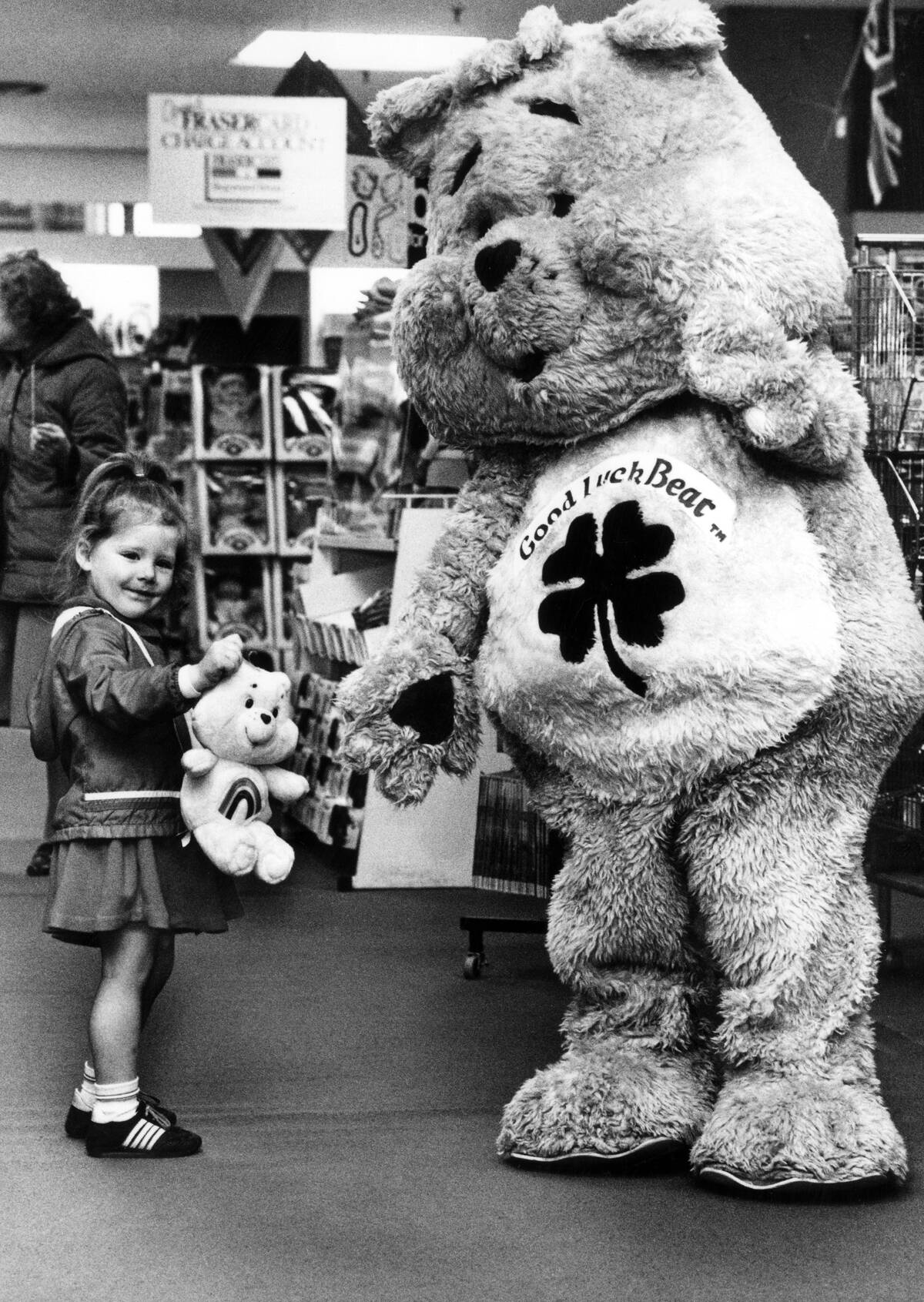
Considering how intertwined Care Bears became with ’80s kids culture, it’s hard to believe that they actually started out as greeting card characters before evolving into a toy and media franchise.
The appeal of the soft, plush bears was self-evident, as teddy bears have long been a kids’ staple. A wide lineup of different bear characters, combined with a positive message of caring and friendship, resonated with kids during the ’80s.
Grey Poupon Mustard
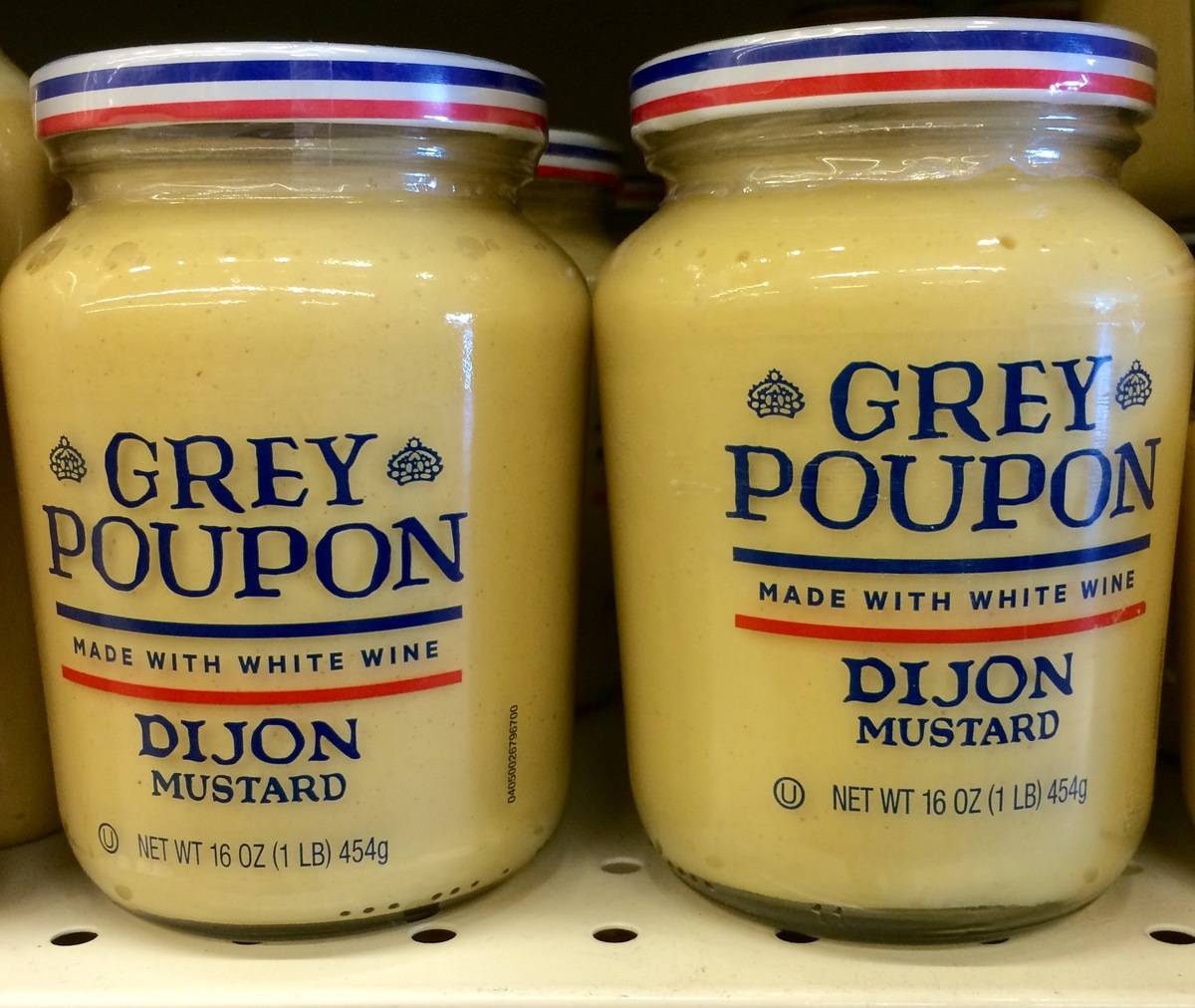
Dijon-style mustards can still be found in grocery stores, but back in the ’80s, there was one brand that was synonymous with dijon mustard: Grey Poupon.
This popularity stemmed almost entirely from an advertising campaign that depicted wealthy, refined people expressing their appreciation for Grey Poupon. Even though it was fairly typical dijon mustard, it briefly became synonymous with upper-class sophistication and luxury.
Icee Slush
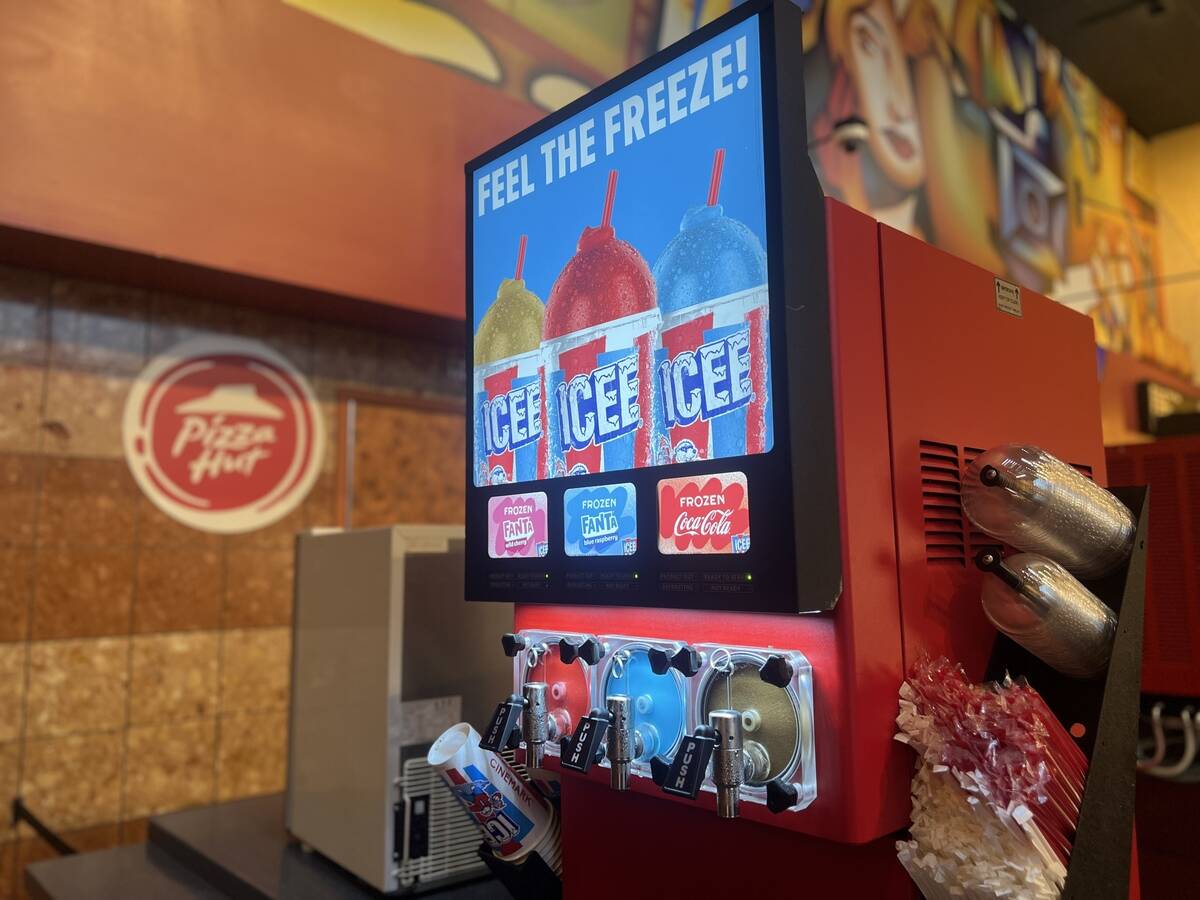
Slushies emerged in the ’60s and ’70s as a popular frozen treat, and by the ’80s, various brands — Slurpee, Slush Puppie, and Icee — competed in convenience stores across the United States.
The bright, artificial colors and bold flavors in the constantly humming machines were popular with kids and adults alike. While Icee still exists as a brand, it’s safe to say that its heyday sat firmly in the ’80s.
Pictionary
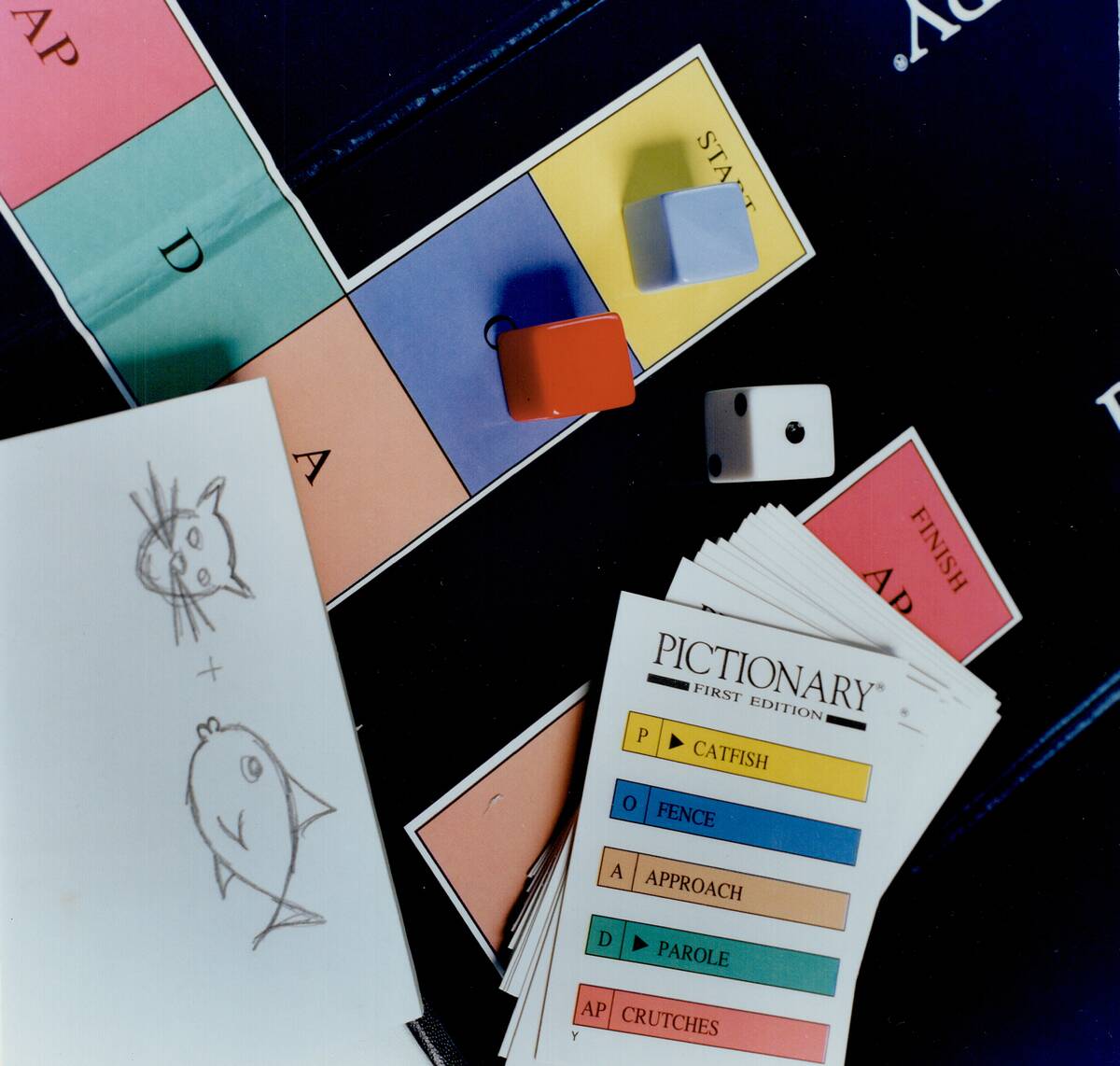
Pictionary became an immediate sensation on its release in 1985 — a party game that encouraged teamwork, collaboration, quick sketches, and plenty of laughs.
For a while, it was just about the most popular board game on the planet, even spawning a short-lived TV game show. After its initial wave of popularity subsided, Pictionary became just one more classic board game — still available, but hardly trendy.
Coloring Books
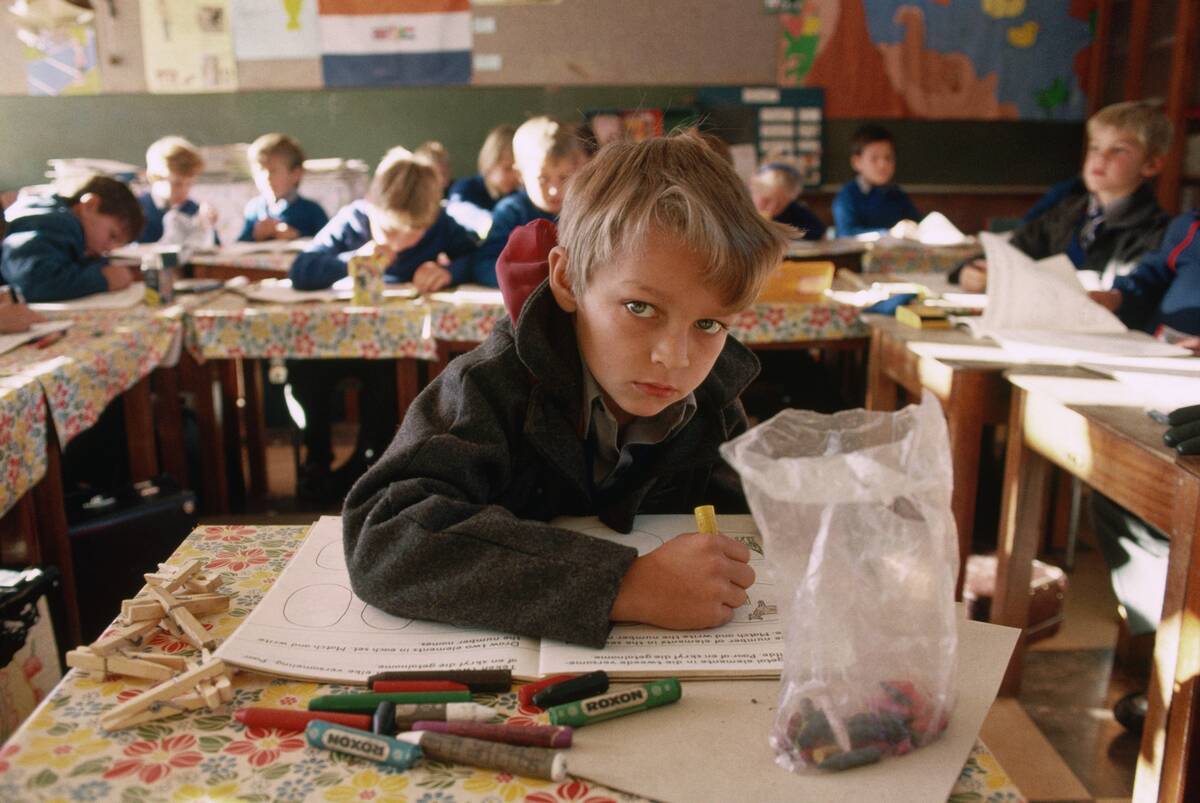
A quiet, inexpensive form of entertainment for kids, coloring books were widely available throughout the ’80s. Tired parents could get a break from their kids by picking up one of these books in a supermarket or drug store.
While coloring books never truly went away (indeed, adult coloring books experienced a brief surge in popularity), they seem positively quaint for kids who are used to all forms of digital entertainment.
Banana Clips
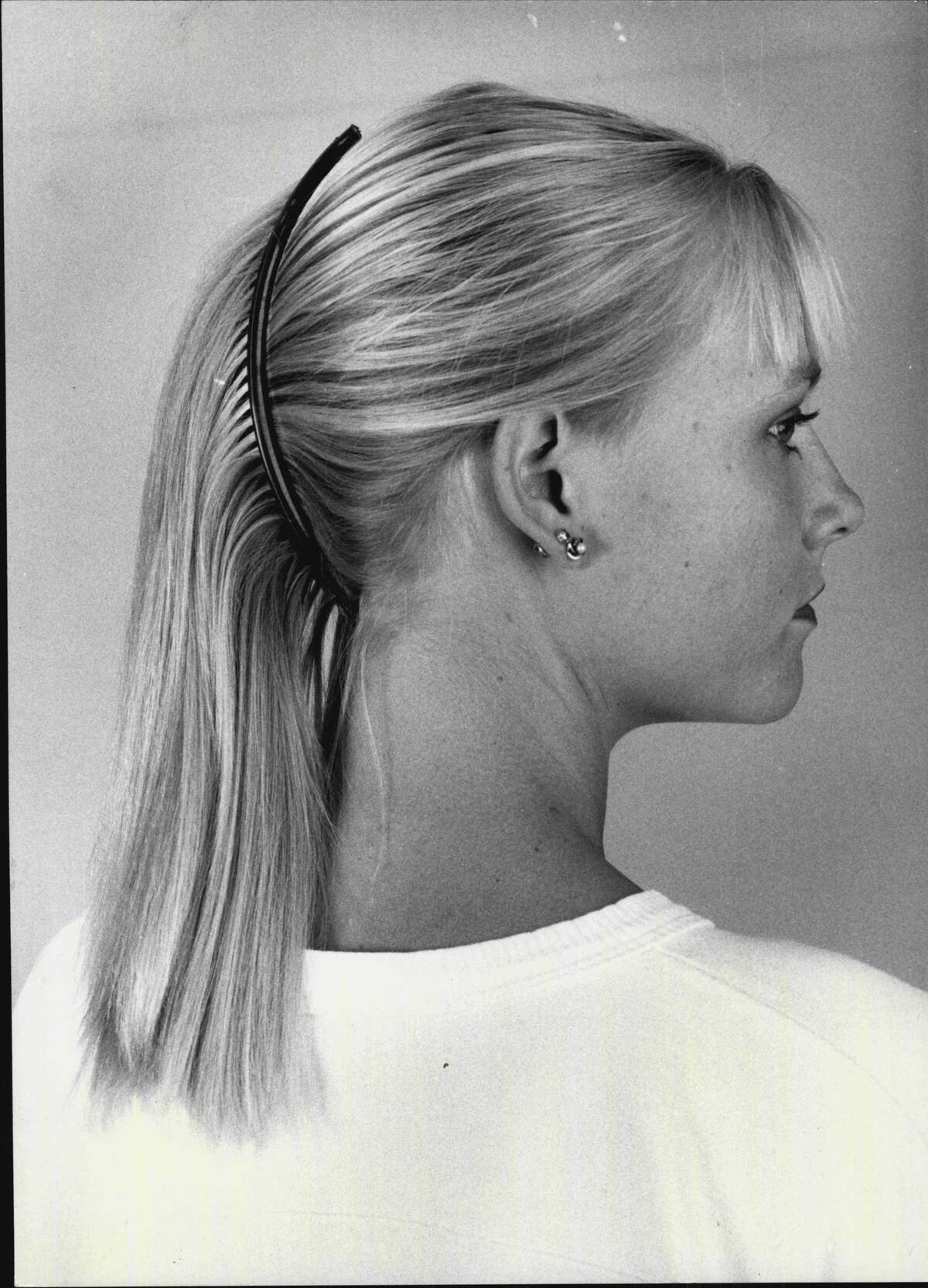
The ’80s was a decade known for big, voluminous hair, and one way for women to tease their hair up into a dramatic ponytail was through the use of banana clips.
These clips were essentially a curved comb with a hinge that would clamp around a thick section of hair, holding it in place while fanning it out.
Betamax Tapes and Players
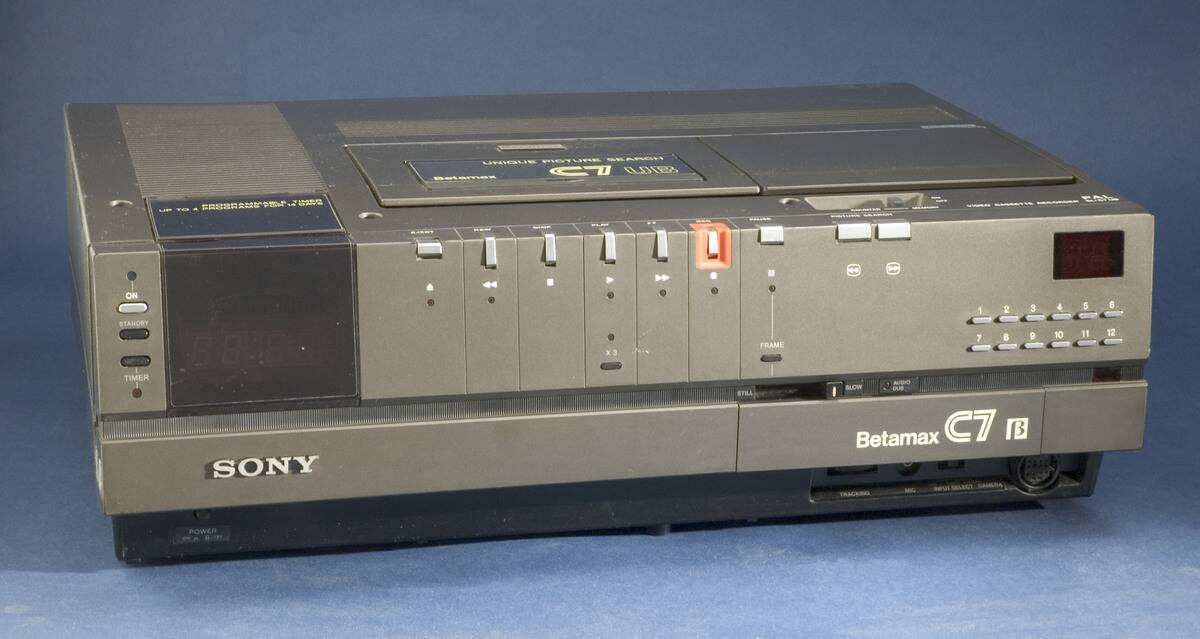
VHS tapes and VCRs persisted into the 2000s before being overtaken by DVDs, but it’s easy to forget that the world of videocassettes once included a different format, known as Betamax.
Betamax was introduced by Sony in 1975 and competed fiercely with VHS throughout the ’80s. While it was actually superior in video quality, its shorter recording time and more expensive pricing eventually led to VHS becoming the standard.
View-Master
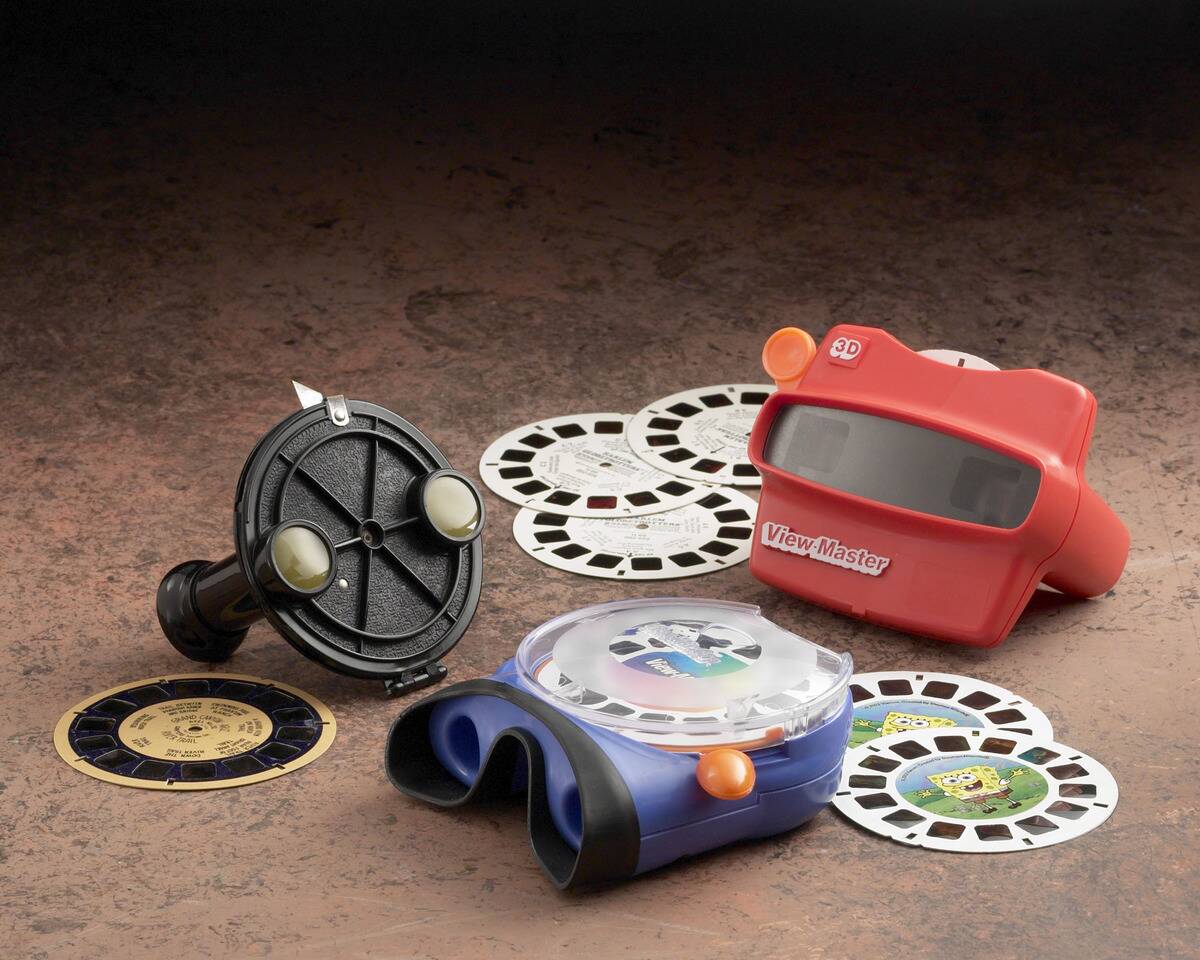
Long before iPads, View-Master devices gave kids a rich, visual experience. These handheld devices could be loaded with a circular reel of stereoscopic images that, when viewed through the device, created a 3D effect.
View-Masters had a lot of momentum with kids of the ’70s and ’80s, but as the ’80s wore on, they’d see diminishing popularity in the face of more immersive forms of entertainment like video games.
VHS Rewinders
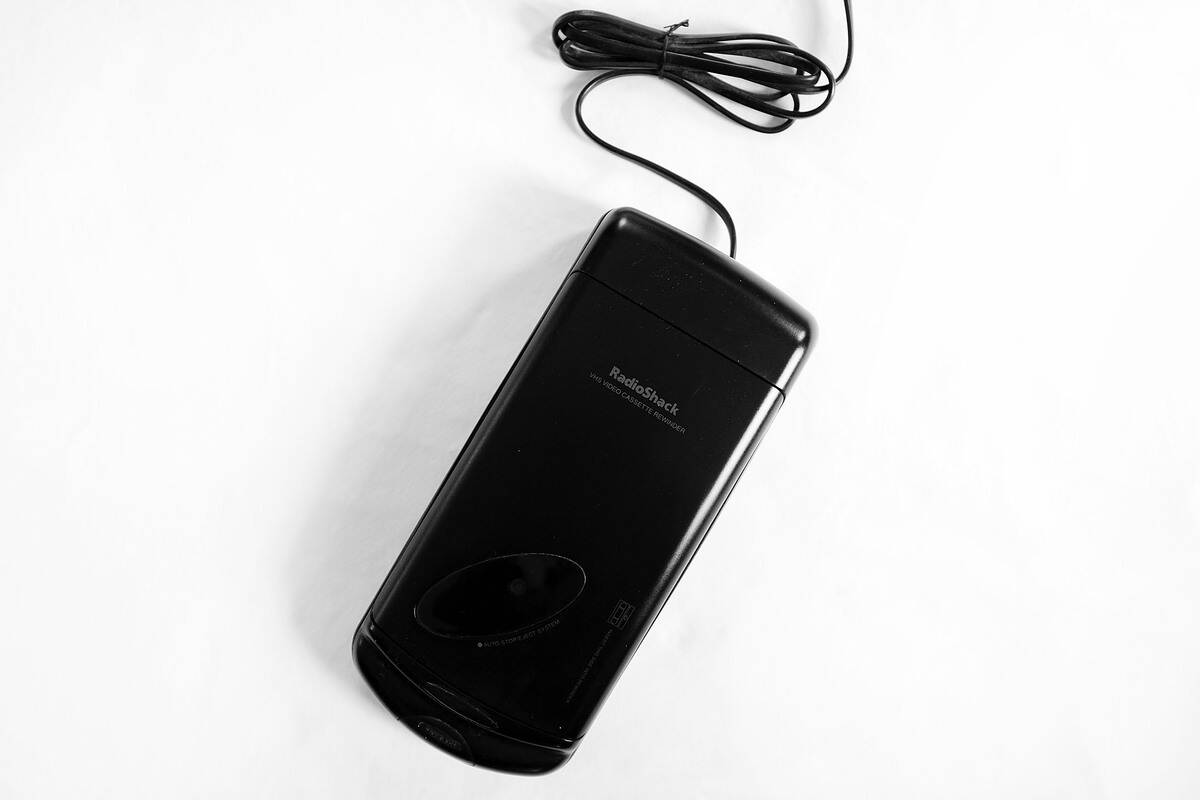
One major inconvenience of VHS tapes was the need for them to be rewound — and while this could be done in any VCR, the action of playing a movie, then reversing it, led to wear and tear.
This issue was alleviated by VHS rewinders, which were small devices, a little bigger than a VHS tape, that had the sole purpose of rewinding tapes. In many cases, VHS rewinders were faster than VCRs, and they became a staple not just in video rental stores but also in many homes.
Pogo Balls
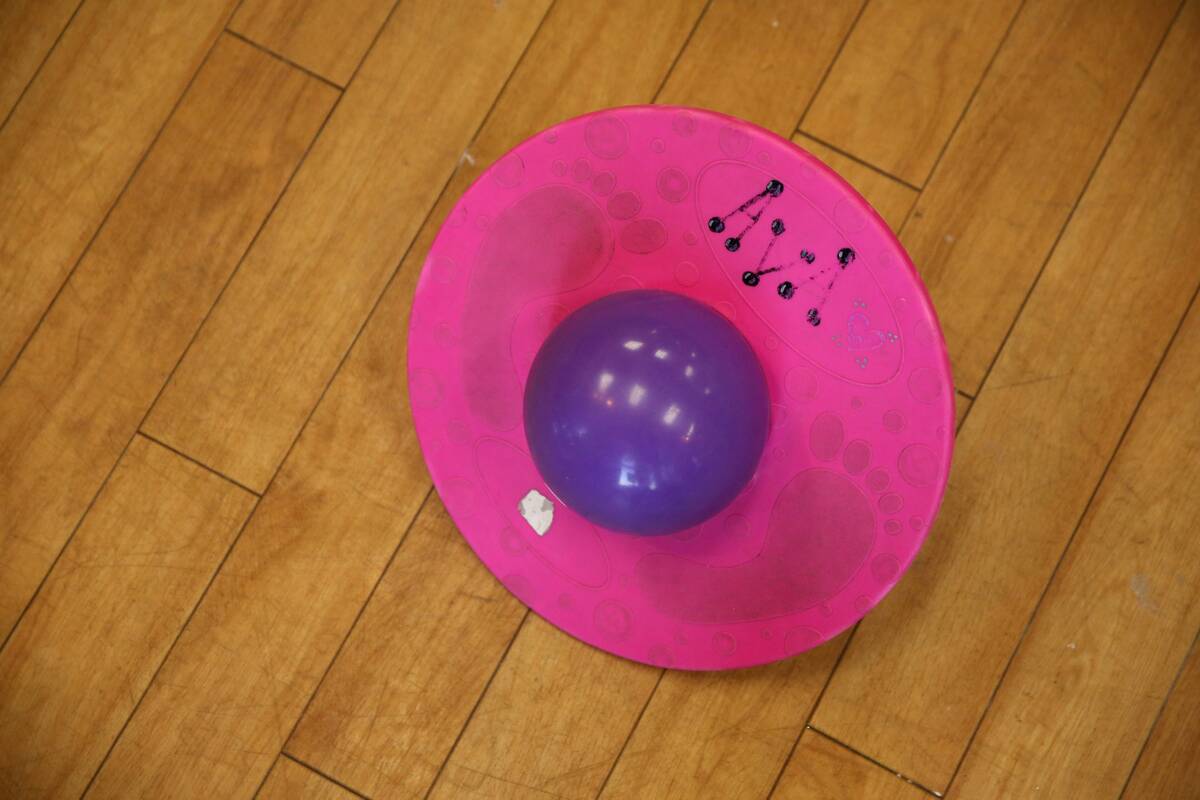
Pogo Balls, sometimes called Lolo Balls, were a toy that vaguely resembled the planet Saturn. They consisted of a rubber ball that was sandwiched between a plastic platform.
Once kids had the hang of balancing their feet on the platform, they could bounce around on the device by compressing the ball. By the ’90s, this once-hot fad had faded mostly into obscurity.
Charm Necklaces
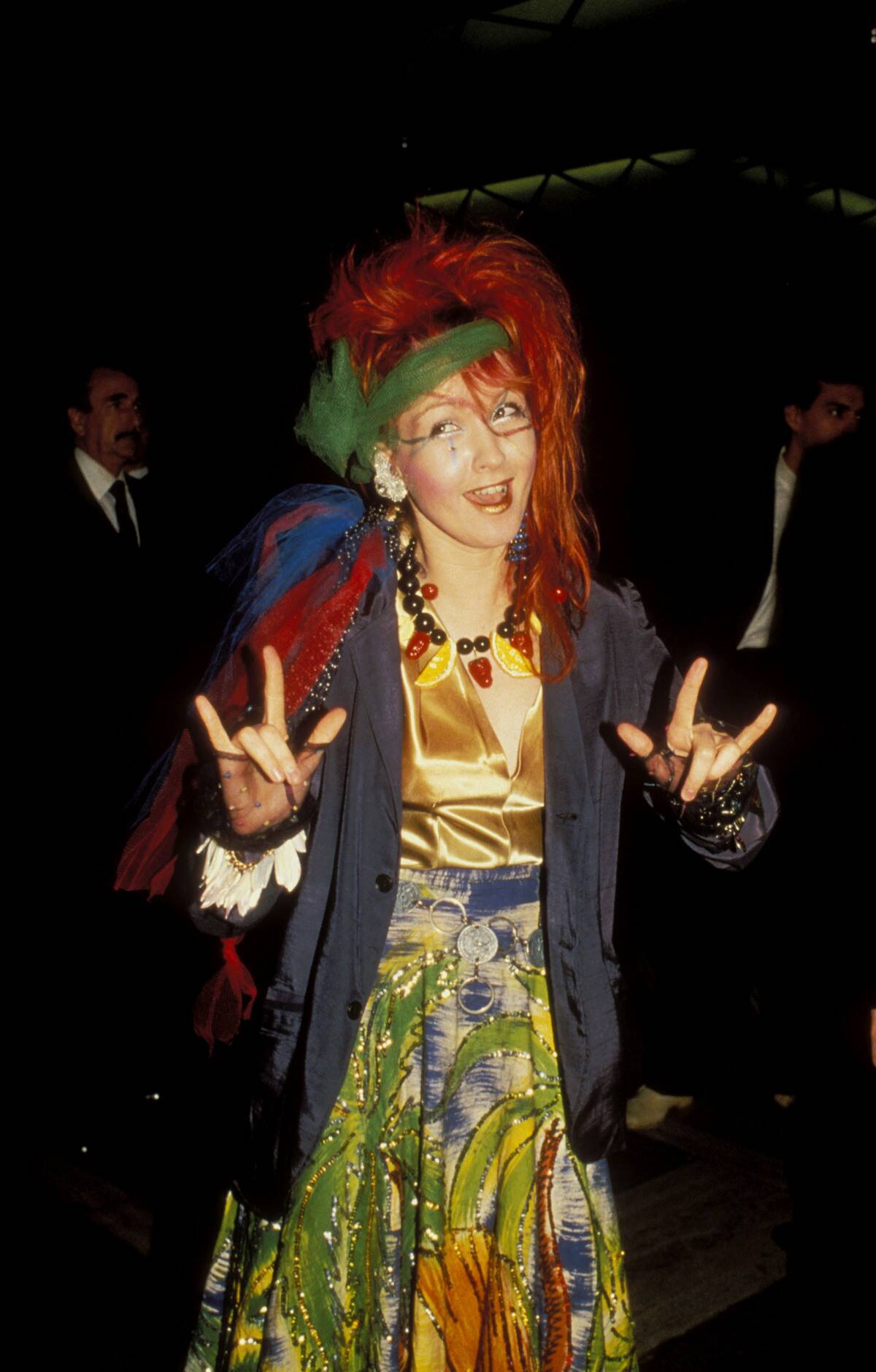
Fashions of the 1980s were bright, bold, and vivid, with outfits frequently being paired with various accessories. One popular fashion accessory was charm necklaces, which were plastic chains that held snap-on charms.
These necklaces were a great way for fashion-forward people in the ’80s to show off their personality. The concept lives on in items like Croc Charms, even though charm necklaces are largely a thing of the past.
TV Listings
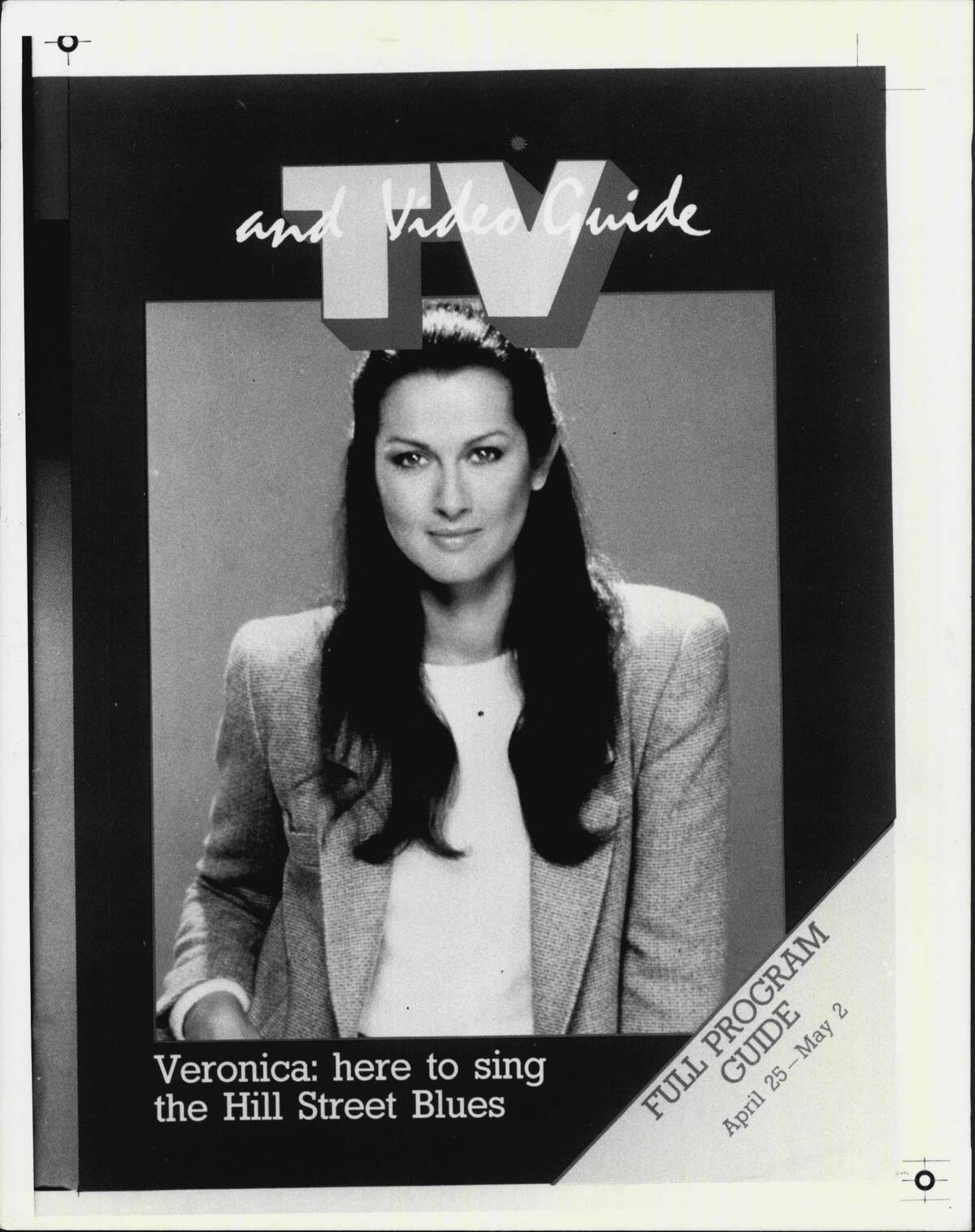
Whether a household subscribed to TV Guide magazine or simply looked to the TV listings in their local newspaper, these schedules were an absolute must for anyone who wanted to know what would be on a certain channel at a certain time.
While local TV listings were generally barebones affairs, TV Guide was a legitimate magazine in miniature form, usually featuring a popular show on its cover.
Dot Matrix Printers
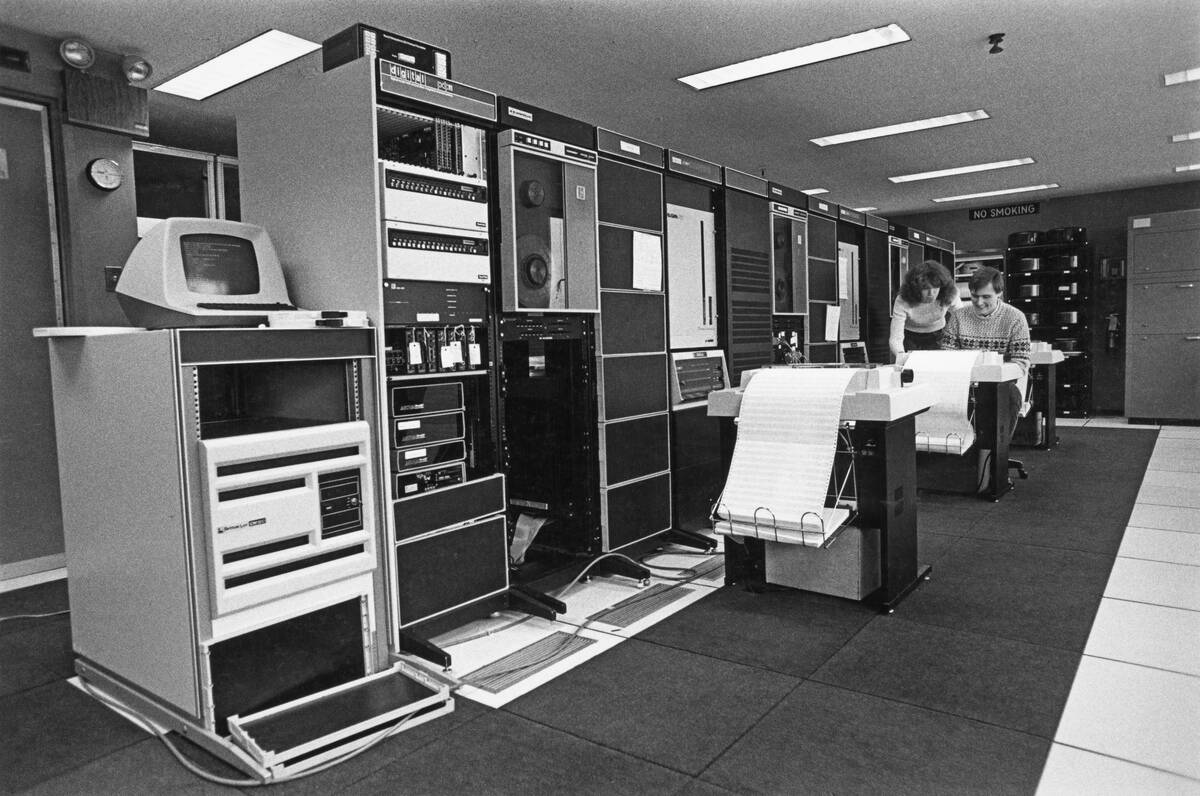
In an era before laser or inkjet printers, dot matrix printers were an office staple throughout the ’80s. These were characterized by their reels of paper, which utilized holes along the sides of the sheets to help feed the paper into the printer.
These printers were slow and noisy, but were generally quite durable and inexpensive to operate. Even after they were made obsolete by newer technology, they persisted in many workplaces until they fell apart.
Smoking Sections
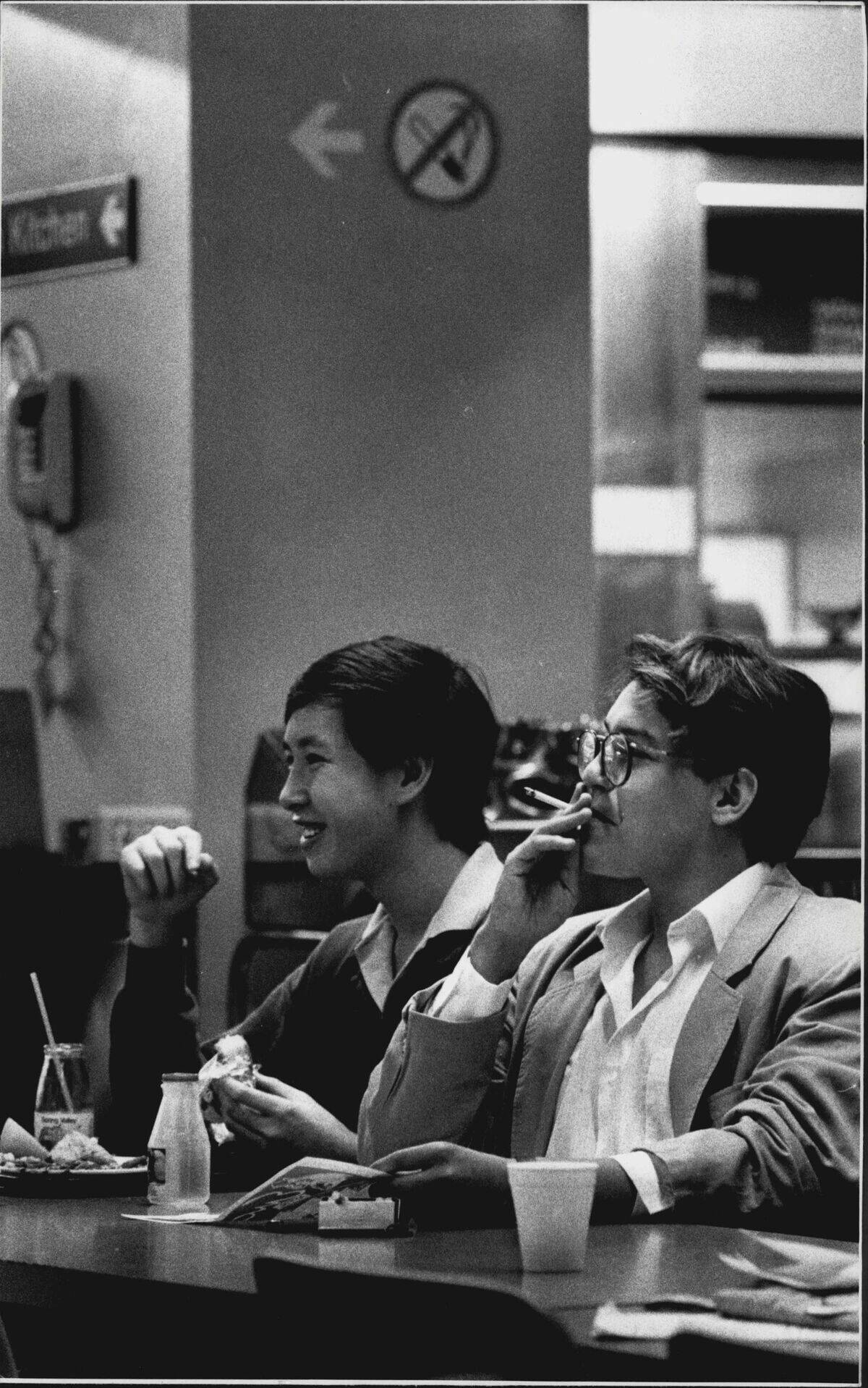
By the ’80s, there was widespread awareness surrounding the dangers of smoking, but society hadn’t quite adapted to its current status of banning smoking in almost all indoor areas.
Instead, as a midway point between smoking being allowed everywhere and not being allowed anywhere, public spaces like restaurants and offices introduced smoking sections. By the 1990s, most smoking sections had been eliminated.
Boom Boxes

One of the most iconic ’80s images has to be that of the boom box: A large portable stereo that allowed music lovers to listen to their tunes on the go.
Boom boxes only became more and more advanced as the decade wore on, continually adding bigger speakers, more tape decks, and graphic equalizers. Nowadays, Bluetooth speakers carry on the legacy of boom boxes, but don’t have the same cultural cachet.
Speak & Spell
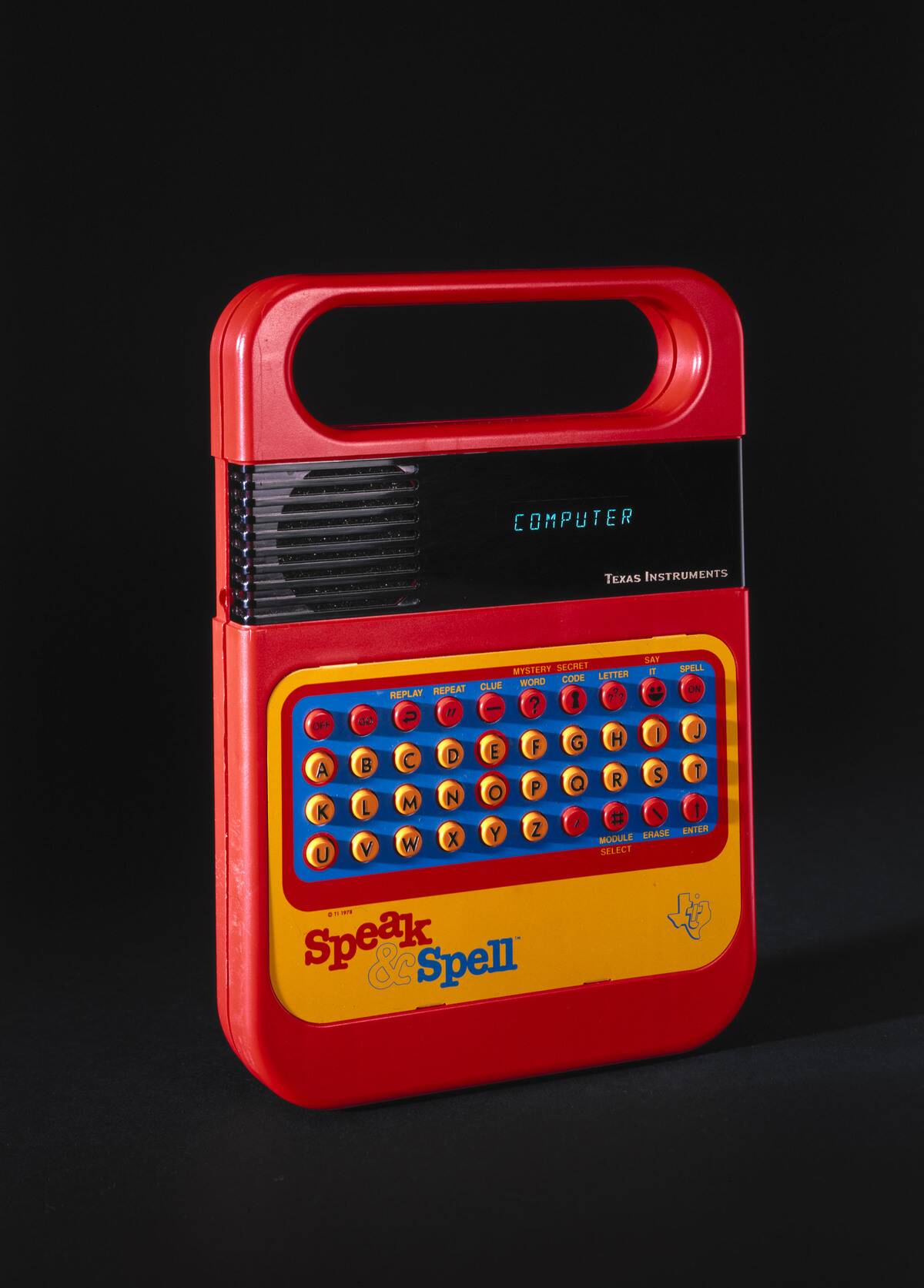
This educational toy was made by Texas Instruments (best known for their calculators), and consisted of a keyboard that could spell out words that would then be voiced using synthesized speech.
While the Speak & Spell was hopelessly outdated by the ’90s, this was a type of technology that was rarely seen in the ’80s, especially in the analog world of kids’ toys.
Shoulder Pads
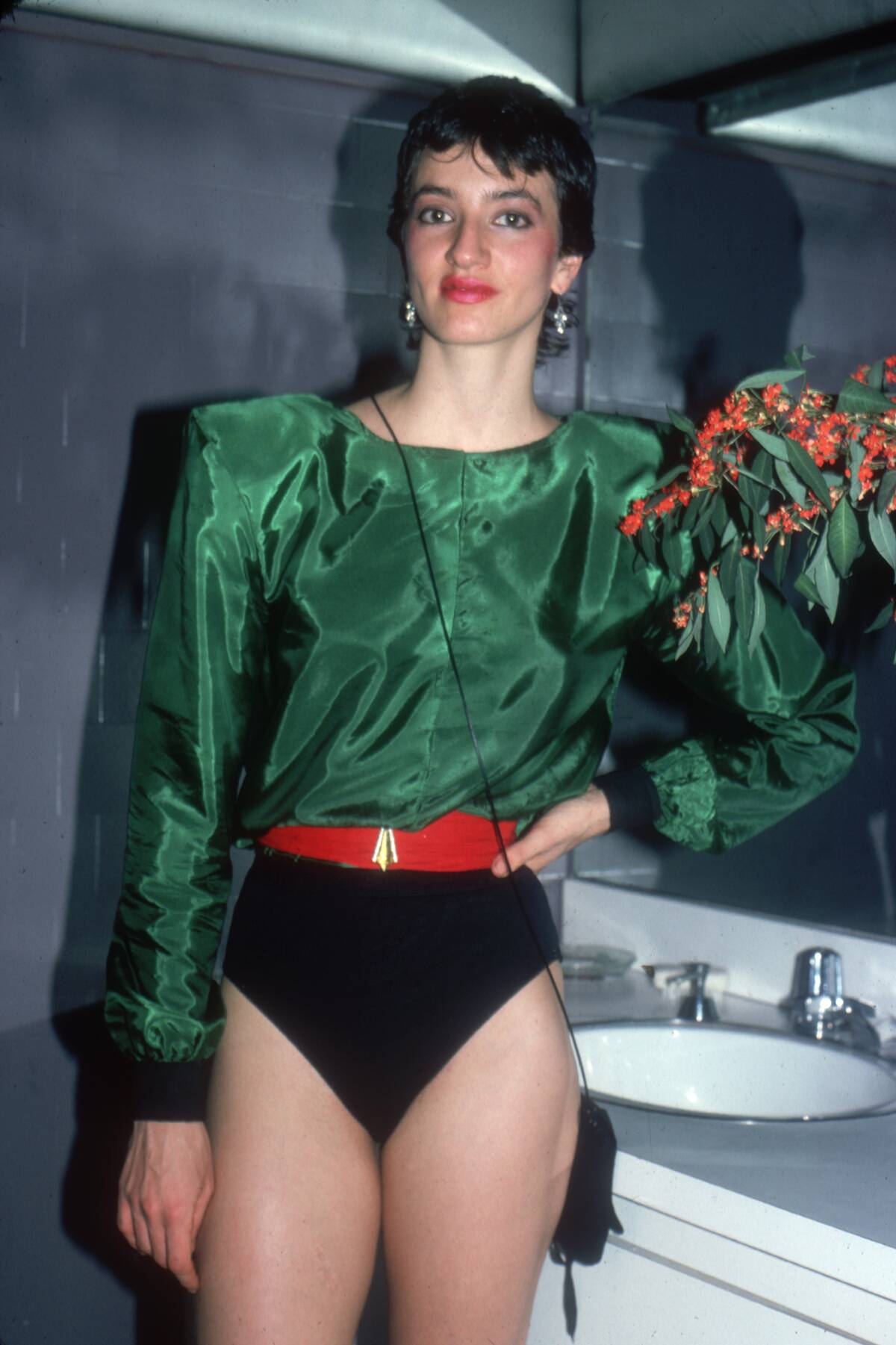
It’s impossible to pin ’80s fashion down to just one accessory, but it’s also hard to argue against shoulder pads as one of the most defining elements of ’80s fashion.
Shoulder pads exaggerated the silhouette of the wearer, creating a strong, boxy, and powerful look. They became synonymous with women’s empowerment in the workplace and lingered into the early ’90s.
Hypercolor Shirts
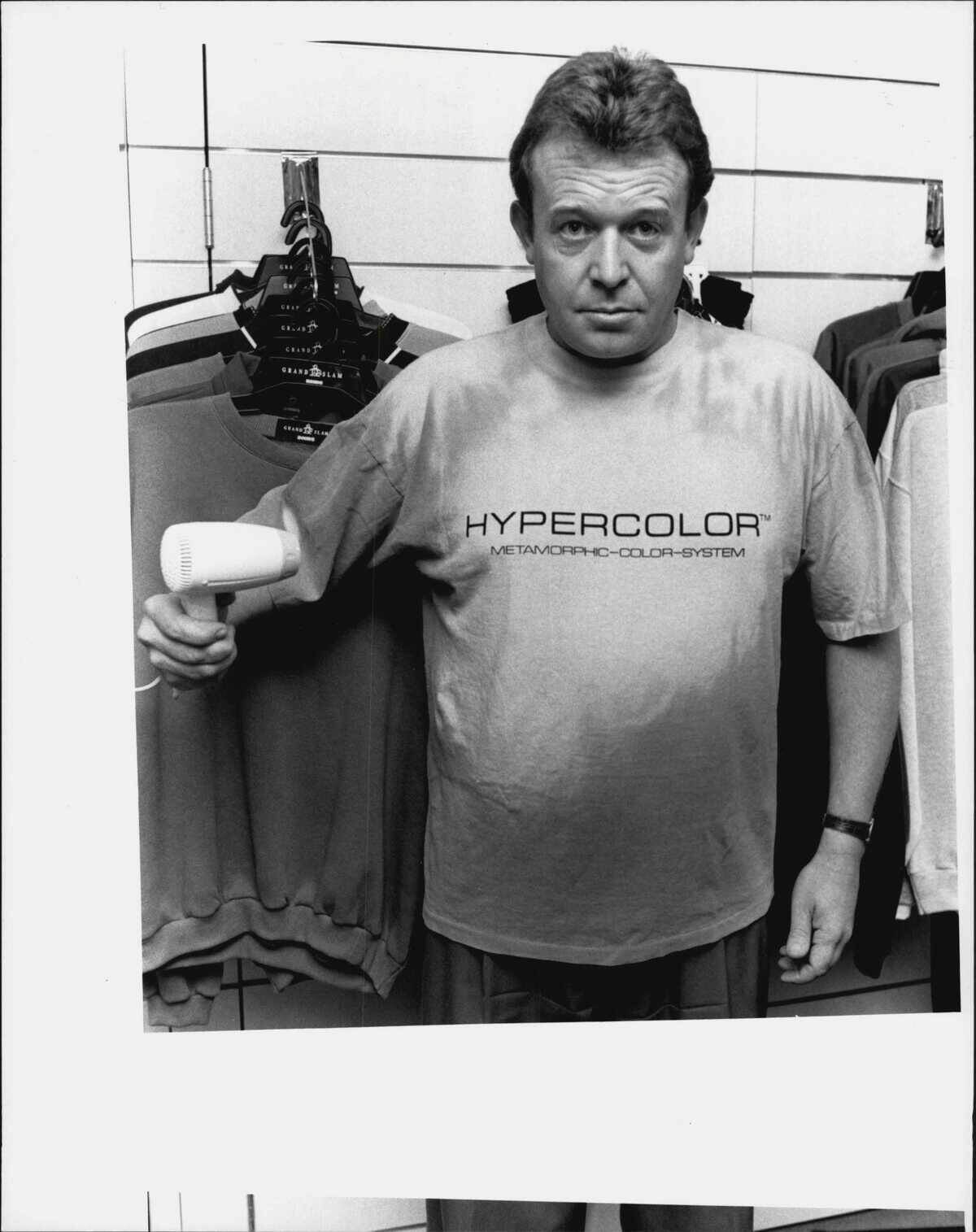
The allure of a color-changing shirt is obvious, and Hypercolor shirts — which changed color depending on temperature — had a moment in the late ’80s and early ’90s.
However, after the novelty wore off, these shirts quickly lost their popularity. They tended to lose their color-changing properties after a few washes, and wearers often found that these shirts would awkwardly highlight their sweaty areas.
Rabbit Ear Antennas
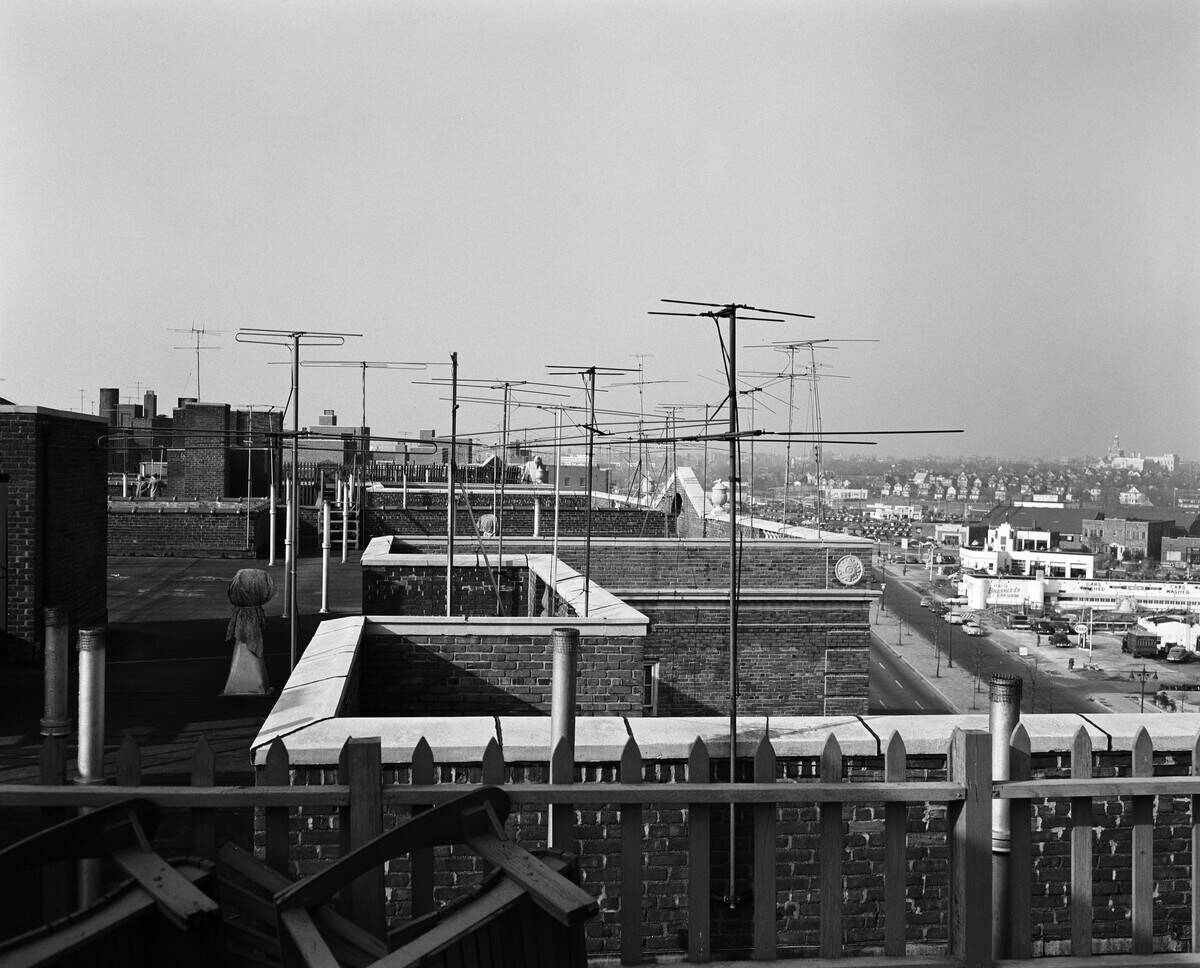
In the ’80s, almost every household had a TV, but for much of the decade, cable television was mostly a luxury. This means that most people relied on over-the-air signals to tune in to their favorite shows, and rabbit ear antennas were how they received the signal.
These antennas took on many different forms, and could be twisted, extended, and jerry-rigged to provide the best picture possible. Of course, the widespread adoption of cable and the transition to digital TV eventually spelled their demise.
Colorforms
![YOUTHARTS2-C-17MAY01-MT-PC Tammy Chu signed artwork she created on a colorful mural using [redacted] vinyl pieces at the Zeum children's museum. PAUL CHINN/S.F. CHRONICLE](https://media.tellmebest.com/wp-content/uploads/2023/10/youtharts2-c-17may01-mt-pc-tammy-chu-signed-artwork-she-created-on-a-colorful-mural-using-colorforms-vinyl-pieces-at-the-zeum-childrens-museum.-paul-chinns.f.-chronicle-64675.jpeg)
Colorforms were a popular way for kids to express their artistic creativity, as their colorful and durable vinyl cutouts could be affixed to glossy boards.
Adding to the popularity of Colorforms was the fact that popular properties like Sesame Street and Batman signed on with the brand. While they gradually lost ground to more interactive toys, they were a staple of low-tech ’80s entertainment.
Lite-Brite
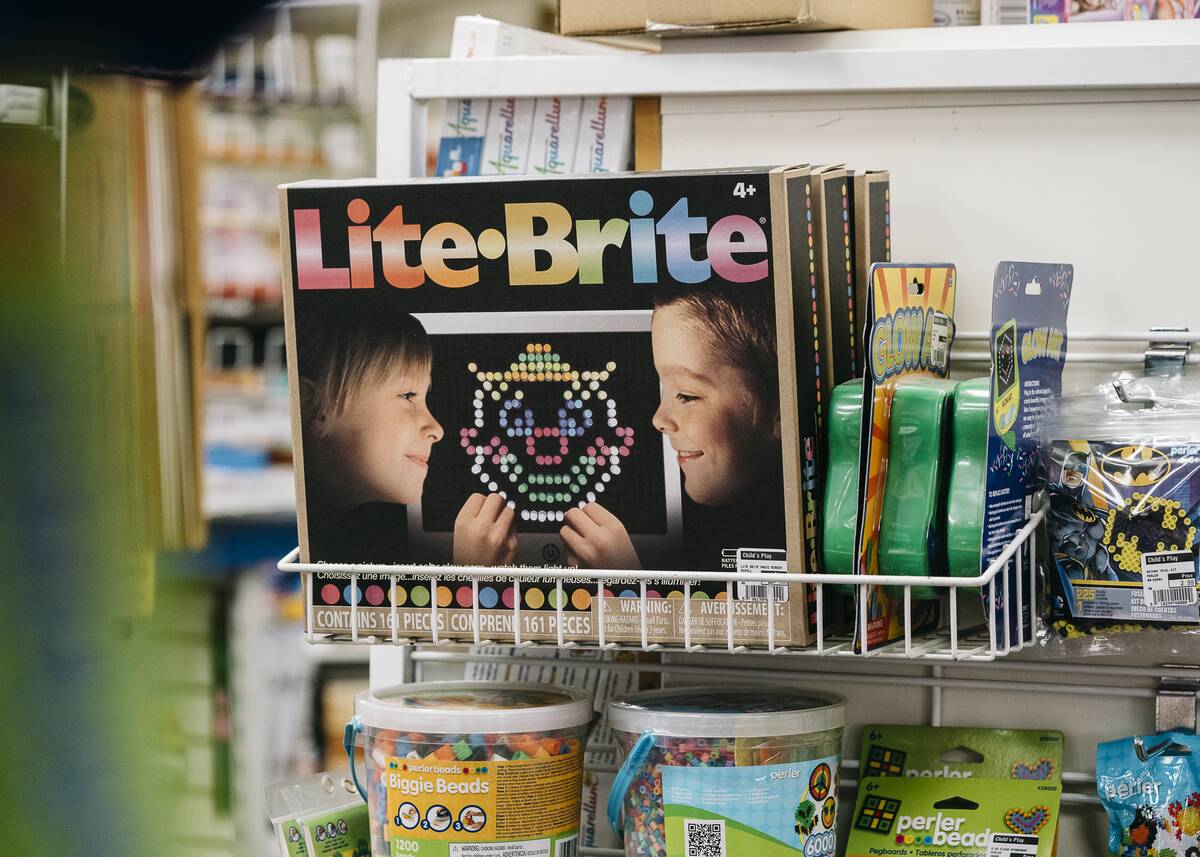
Lite-Brites are deceptively simple devices that create a stunning, colorful display that lights up in the dark. While they’d been around since the late ’60s, they experienced unprecedented popularity in the ’80s.
Whether kids made their own designs with the colorful plastic pegs or used one of the included templates, these devices had an appealing tactile, almost meditative, quality.
Walkmans
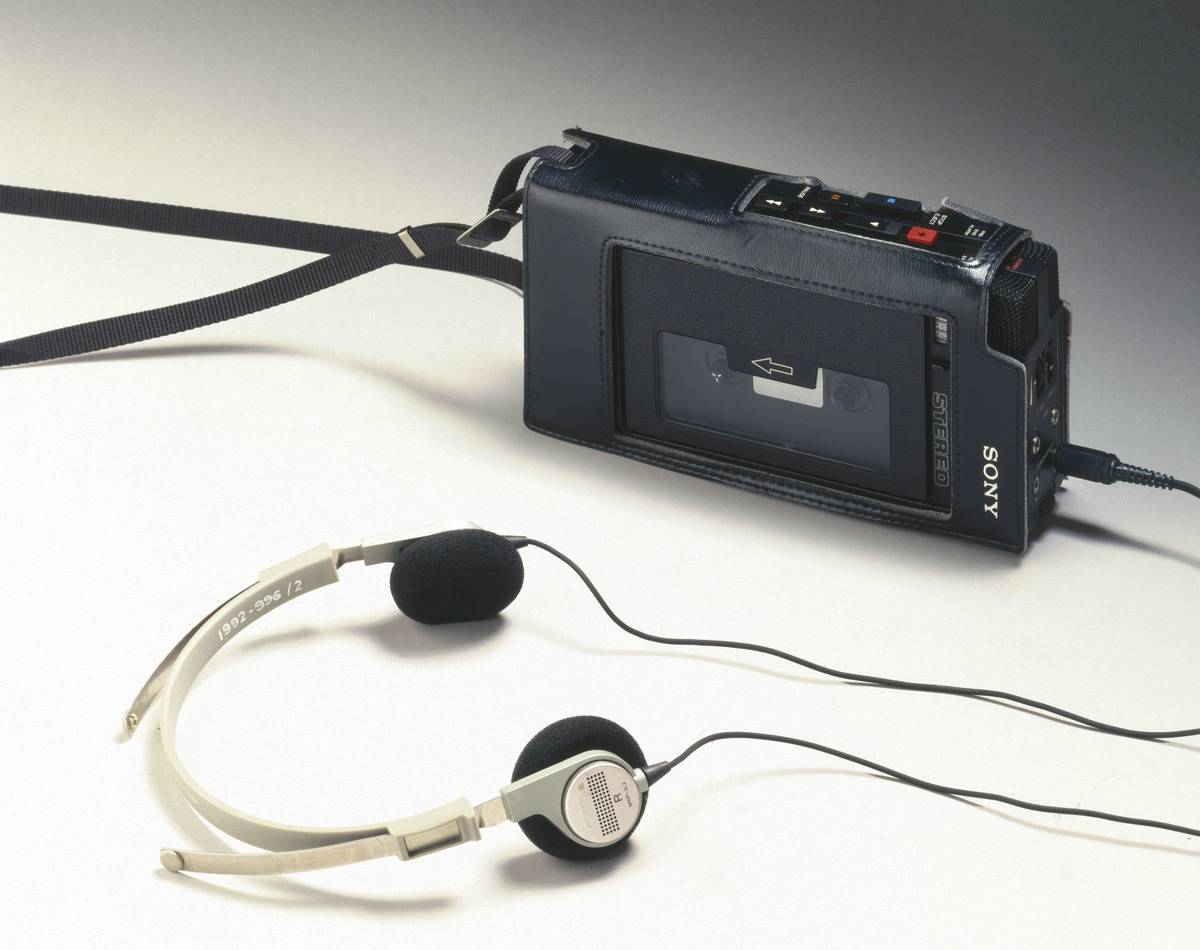
Before Sony introduced the Walkman, the prospect of a portable music device that could be listened to discreetly on headphones would have seemed impossible — so it’s no surprise that these portable tape players became enormously popular after they were released.
While tape-based Walkmans eventually became obsolete, the core concept is still going strong. CDs supplanted tapes, and MP3s supplanted CDs, and later still, smartphones became the de facto choice for portable listening.
